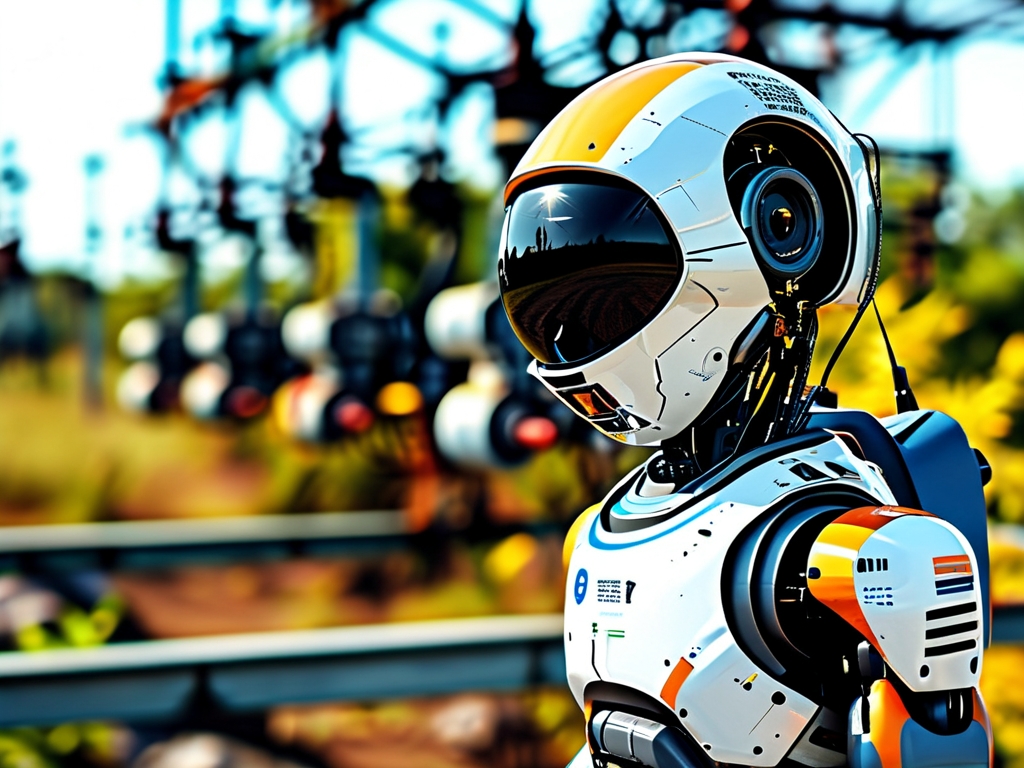In the rapidly evolving tech industry, retaining and motivating engineering talent has become a critical priority for organizations. Engineer motivation algorithms—a blend of behavioral psychology, data analytics, and management science—are emerging as powerful tools to address this challenge. This article explores what these algorithms are, how they work, and their implications for modern workplaces.
What Are Engineer Motivation Algorithms?
Engineer motivation algorithms are computational models designed to identify, measure, and enhance factors that drive engineers’ productivity, creativity, and job satisfaction. These systems analyze diverse datasets, including work patterns, project outcomes, peer feedback, and even biometric indicators (e.g., stress levels), to create personalized incentive strategies. Unlike traditional "one-size-fits-all" approaches, these algorithms adapt dynamically to individual and team needs.

Core Principles Behind the Algorithms
- Personalization: By leveraging machine learning, these algorithms segment engineers based on personality traits, skill sets, and motivational triggers. For example, some engineers thrive on autonomy, while others prefer structured milestones.
- Real-Time Feedback Loops: Sensors and software track metrics like code commit frequency, collaboration intensity, and problem-solving efficiency. This data fuels instant adjustments to workloads or recognition systems.
- Transparency and Fairness: Advanced algorithms mitigate bias by standardizing performance evaluations. For instance, they might normalize metrics across different project difficulties to ensure equitable rewards.
- Balancing Short-Term and Long-Term Goals: Systems reward both daily achievements (e.g., bug fixes) and strategic contributions (e.g., patent filings) to sustain engagement.
Applications in Practice
Tech giants like Google and startups alike are experimenting with these tools:
- Agile Team Optimization: Algorithms assign tasks based on engineers’ strengths and growth areas, reducing burnout. At Spotify, such systems have reduced sprint cycle times by 18%.
- Gamified Learning Platforms: Platforms like Codecademy use point systems and badges calibrated by algorithms to encourage skill development.
- Remote Work Adaptation: During the COVID-19 pandemic, companies like GitLab deployed sentiment analysis tools to detect disengagement in distributed teams, triggering mentorship offers or flexible hours.
- Open-Source Communities: Platforms like GitHub use contribution graphs and peer recognition algorithms to motivate unpaid developers.
Ethical and Operational Challenges
Despite their potential, engineer motivation algorithms raise concerns:
- Privacy Risks: Continuous monitoring risks infringing on personal boundaries. In 2022, a European startup faced backlash for using keystroke logging to "measure productivity."
- Over-Reliance on Metrics: Quantitative data might overlook intangible qualities like mentorship or innovation. A Harvard study found that 34% of engineers feel algorithms undervalue creative problem-solving.
- Algorithmic Bias: If training data reflects existing biases (e.g., favoring extroverted communicators), systems could perpetuate inequality.
- Human-Agency Trade-Offs: Excessive automation of motivation might erode intrinsic drive. Striking a balance between data-driven nudges and organic growth remains unresolved.
The Future of Engineer Motivation Algorithms
Emerging trends suggest:

- Integration with AI Mentors: Future systems may pair engineers with AI coaches that offer personalized career advice.
- Neuroadaptive Systems: Wearables could detect cognitive states (e.g., focus vs. fatigue) to optimize task scheduling in real time.
- Decentralized Models: Blockchain-based systems might let engineers design their own incentive rules in DAOs (Decentralized Autonomous Organizations).
Engineer motivation algorithms represent a paradigm shift in talent management. When ethically implemented, they can unlock unprecedented levels of innovation and job satisfaction. However, their success hinges on transparent design, human oversight, and a commitment to preserving engineers’ autonomy. As the line between tool and overseer blurs, organizations must ask: How do we harness data to empower—not control—the minds building our future?









